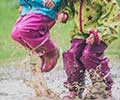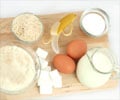- Typhoid Fever and Paratyphoid Fever - (https://www.cdc.gov/typhoid-fever/)
What is Typhoid?
Typhoid fever, an infectious disease caused by the bacteria Salmonella typhi, is common in some developing countries and affects more than 12 million people, annually.
Typhoid spreads when people consume food or water, which is contaminated by the feces of another, infected person. People with a poor immune system are more prone to the disease and are more likely to be severely affected. Intestinal ulcers, diarrhea or constipation, severe stomachache and hemorrhage are the common symptoms of the disease.
What Should I Eat During Typhoid?
Generally during fever, a bland diet, which is smooth and soothing, is preferred. Diet during typhoid should be given close attention, as it is an important part of the treatment. Gastrointestinal discomforts are common in typhoid; so care should be taken while cooking food and also choosing foods that are easy to digest.
Though bland, the diet should be nutritionally adequate to meet daily calorie requirements of the body. The body’s basal metabolic rate is 10% high during fever, which means that more tissue is being broken down to give energy. So the diet given during typhoid should provide sufficient proteins, meet the nutrient requirement of the body and maintain a water and electrolyte balance. This is mainly to avoid irritation to the mucus membrane, to reduce gastric acidity, which would further inflame the gastrointestinal tract.
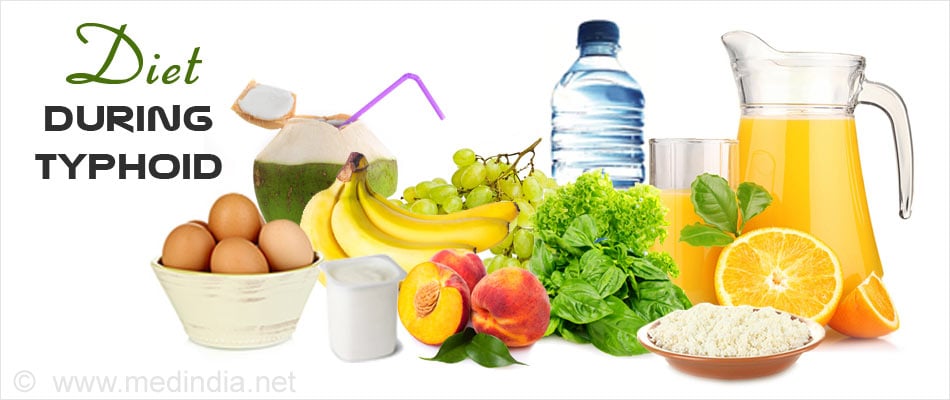
Progressive Diet Plan
A progressive diet from a liquid diet to a normal diet depending on the level of tolerance would help the person’s appetite.
- Fluids in the form of tender coconut water, barley water, electrolyte fortified water, fresh fruit juice, vegetable soup, buttermilk and water should be consumed until body temperature comes back to normal.
- To begin with, consume liquid diet for a few days and then gradually take fruits like bananas, cantaloupes, watermelons, grapes, peaches, and apricots. It is better if solid food is avoided unless the person feels very hungry.
- As the person’s appetite gets better, semi-solid foods can be given. Boiled rice, baked potato, soft-boiled or poached eggs, baked apple, yoghurt, vegetable soup can be given.
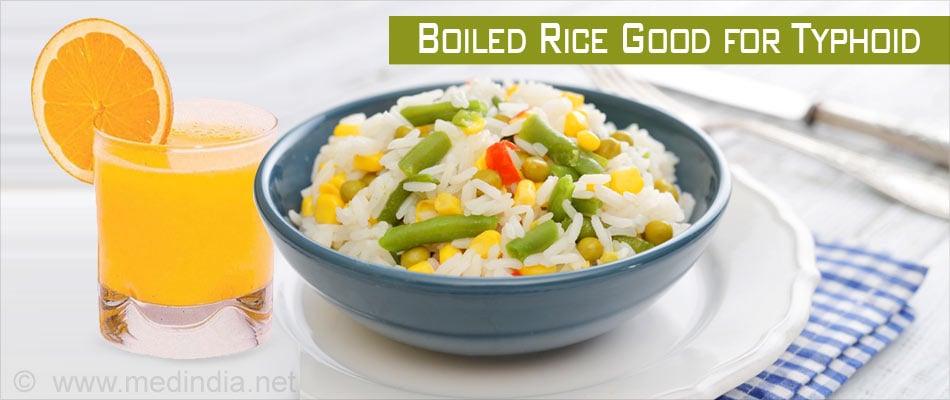
- When you are free from the fever, fruits, boiled vegetables and unrefined foods like unpolished rice and white bread can be included.
- A typhoid recovery diet plan should include yogurt and eggs, as they are easier to digest than meat and provide adequate protein. For vegetarians, lentils, legumes and cottage cheese, meet the protein needs.
Foods to Avoid During Typhoid
Dietary precautions during treatment of typhoid fever make sure that the disease does not aggravate. It helps you ease from the discomforts of the disease.
- Avoid high fiber foods: Intake of whole grain cereals and their products like oatmeal, whole wheat bread, and raw vegetables in the form of salads, are rich in fiber. It can add on the stress on your digestive system.
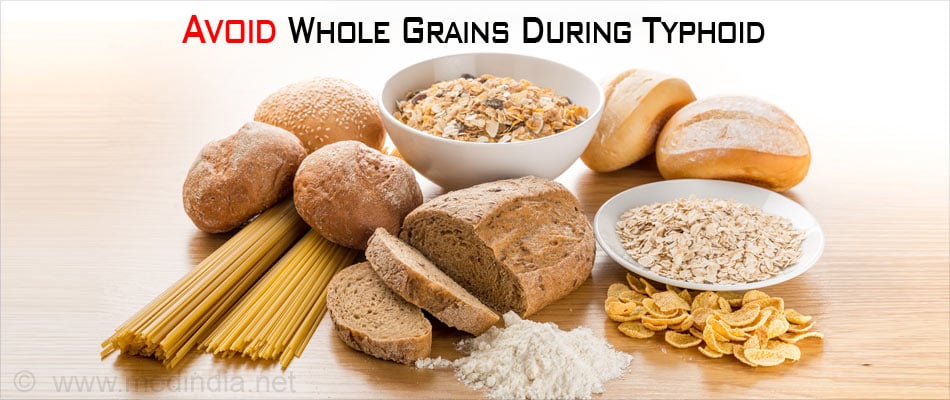
- Avoid vegetables like cabbage, capsicum and turnip as these can cause bloating and gas.
- Stay away from oily foods, spices and seasonings like pepper, cayenne and chilli powder to make sure that the digestive tract does not inflame all the more.
Diet Tips
- Drink boiled water and keep your body hydrated.
- Consume 3 – 4 liters of fluids in the form of water, fruit juices, tender coconut water and soup.
- Eat small frequent meals rather than large meals to ease digestion and for maximum nutrient utilization by the body.
- Try not to include spices as much as possible till the fever recovers.
- Slowly introduce protein in your diet in the form of eggs, yoghurt and boiled fish; depending on your tolerance level, increase the portion size.

